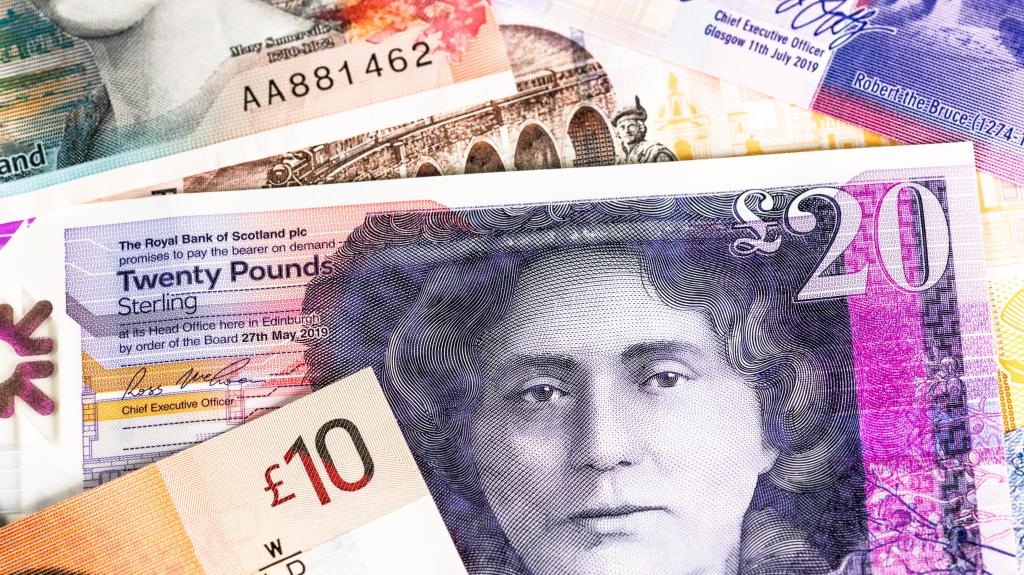
The annual GERS ritual bashing of Scotland is upon us again. This year, probably because Scotland’s position has improved in GERS terms we’ve seen less bashing than usual.
But this post isn’t to join the usual arguments but to highlight some facts and figures which show how much better off Scotland could be if it was independent.
Firstly, let’s just bang on the head some of the standard unionist memes. “It’s the Scottish Governments own figures”. No it isn’t. GERS is produced by Scottish government statisticians from figures which are mainly derived from UK government bodies such as the Office for National Statistics (ONS) and His Majesty’s Revenue and Customs (HMRC). It’s a bit like saying Collins Harper is responsible for what’s written in the Bible because they publish it.
“GERS tells us Scotlands finances and the deficit an independent Scotland would face”. No, it doesn’t. 41% of revenue and 64% of spending in GERS is down to the UK government. It bears no relation to what an independent Scotland might raise in revenue and what it would spend that revenue on. It cannot tell us at all what economic changes an iScotland would make. As any kind of tool for trying to forecast what an iScotland would look like it is totally useless.
So what do the figures tell us about how much better off an iScotland could be? Here are just a few examples from the many which could be illustrated. The figures I’ll be using are actual figures and not estimates like much of GERS.
- Debt interest: The UK government borrows money and spends it on what it likes not what Scotland would have spent it on. We get saddled with a population proportion of the debt in the GERS accounts. This year Scotlands share of the UK’s debt interest shot up to £9.169bn. That is 8.6% of Scotlands total public expenditure. Scotland would not assume any of this debt on independence. An iScotland would probably, though not necessarily, need/wish to borrow but the repayments would be far, far less than we are saddled with by the UK.
- Defence expenditure: With its continuing pretension to being a global imperial power the UK spends massively on defense. This year Scotland’s share of that cost is £4.540bn, 4.3% of Scotlands budget. An independent Scotland wouldn’t require to spend anywhere near that figure. £2-2.5bn would be more realistic.
So just two examples show Scotland would be about £11bn better off on day one of independence. Scotlands supposed deficit this year is £19.139bn. With the savings outlined above that deficit would be reduced by 57%.
Let’s look at some other examples. An aim of all the independence parties is to greatly improve State pension provision. UK pensions are amongst the most meagre in the world. Of course given the savings above a great deal more could be allocated to pensions but lets’ just ignore that just now and look at the current figures.
Approximately 94% of National Insurance Contributions (NIC) in UK terms goes toward State pensions. Last year Scotland contributed £13.345bn in NIC. State pensions in Scotland cost £8.771bn. That £8.771bn was an increase of 3.2% on 2021-2022. The £13.345bn of NIC was an increase of 8.2% over 2021-2022. so even on current figures without redistributing income and without increasing economic performance an iScotland could make significant increases to State pensions.
But here is the killer. Oil revenues have been writ large in this years arguments about GERS as they always are. This years figures show oil revenues at £9.4bn. Both sides will and do make stupid arguments about these figures. I won’t bore you with them you can check them out yourselves if you wish. But know this. In 2022 Norway received £109bn in oil revenues. Yes, you read that right £109bn. The uk produced only 46% of the Norwegian total of oil in 2022. That in itself should lead to serious questions as historically Scotland has produced more than Norway. But even 46% of £109bn is £64bn. That’s about 60% of Scotlands total budget. Now given even differences in production costs and some geological differences between Norwegian and Scottish fields and generously assuming Norwegian costs are half of Scotlands (why is another question to be answered) that brings Scottish revenues to £32bn, 3.5x times what we are actually getting. An iScotland can ensure we receive a fair share of revenues.
So with just a few examples we can demonstrate an independent Scotland would be far better off than it is just now.
The standard GERS arguments are a complete waste of time and not in the slightest enlightening, but the GERS figures, and these are just a few examples, are actually a powerful economic argument for Scottish independence.
